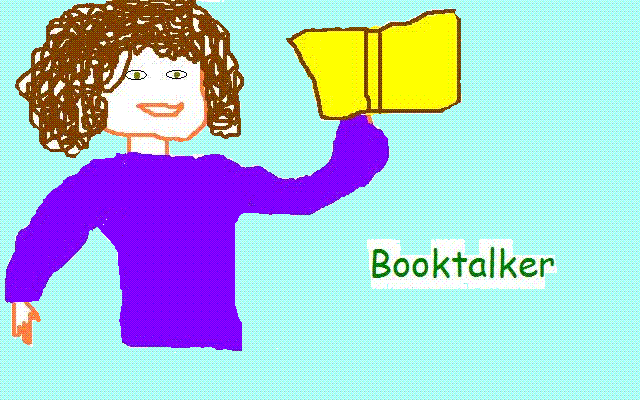| Booktalk
#1
In Fever 1793, we are introduced
to young Mattie Cook who along with her mother and grandfather runs the
Cook Coffeehouse, a popular eating house at the corner of 7th and High
Streets through in the new capital of Philadelphia. It is mid August 1793
and the city is sweltering a seemingly endless hear wave when news comes
of a fever taking hold of the city. Fear and panic spread as the death
toll climbs and the cemeteries begin to fill up. "Bring out your dead,
bring out your dead!" Philadelphia almost seems to be a medieval plague
city. Worrying that Mattie will fall ill with the fever, her mother sends
her to the country to wait it out with friends. But Mattie never reaches
her destination in the country. She, too, falls victim to the fever. Is
she strong enough to survive this deadly disease? Take a step back in time
to wander through Philadelphia and the countryside with Mattie Cook during
the great yellow fever epidemic of 1793, a true historical tragedy from
our country's earliest days. (Jeannie Bellavance bellavance@erols.com
for Pennsylvania
Young Reader's Choice Awards)
Booktalk #2
Yellow Fever quickly spreads
through Philadelphia in 1793. Up until that tragic summer, teenager Mattie
Cook lived a comfortable, interesting life with her mother and grandfather,
who together run a profitable coffeehouse. All of this is shattered by
the epidemic and Mattie must fight for her survival while facing hardships,
illness, and death. This well-researched, riveting historical fiction novel,
packed with drama and action, will appeal to a broad range of readers.
(Sunshine State Young
Reader’s Award Program, 2004-2005)
Booktalk #3
I am Mattie Cook, a fourteen-year-old
living in the city of Philadelphia with my mother and grandfather above
our coffeehouse. I often wake to the sound of “a mosquito whining in my
left ear and my mother screeching in the right.” As any kid my age, I am
sick to death of listening to my mother and just want to get a few more
minutes of rest, but after tragedy strikes my city and home, I would do
anything to hear my mother’s squealing voice telling me to wake up. If
only the fever was a dream, but to my harsh realities, this disease happened
and my world was turned upside down. “No one was about, businesses were
closed and houses shuttered. I could hear a woman weeping. Some houses
were barred against intruders. Yellow rags fluttered from railings and
door knockers- pus yellow, fear yellow- to mark the homes of the sick and
dying.” Laurie Halse Anderson shares my story of the historical misfortune
of ailment that swept my city in her novel Fever 1793. My fight now was
not with my mother, but rather the fight to stay alive.
(Tiffany Maychszak. tj-maychszak@wiu.edu,
college student) |
